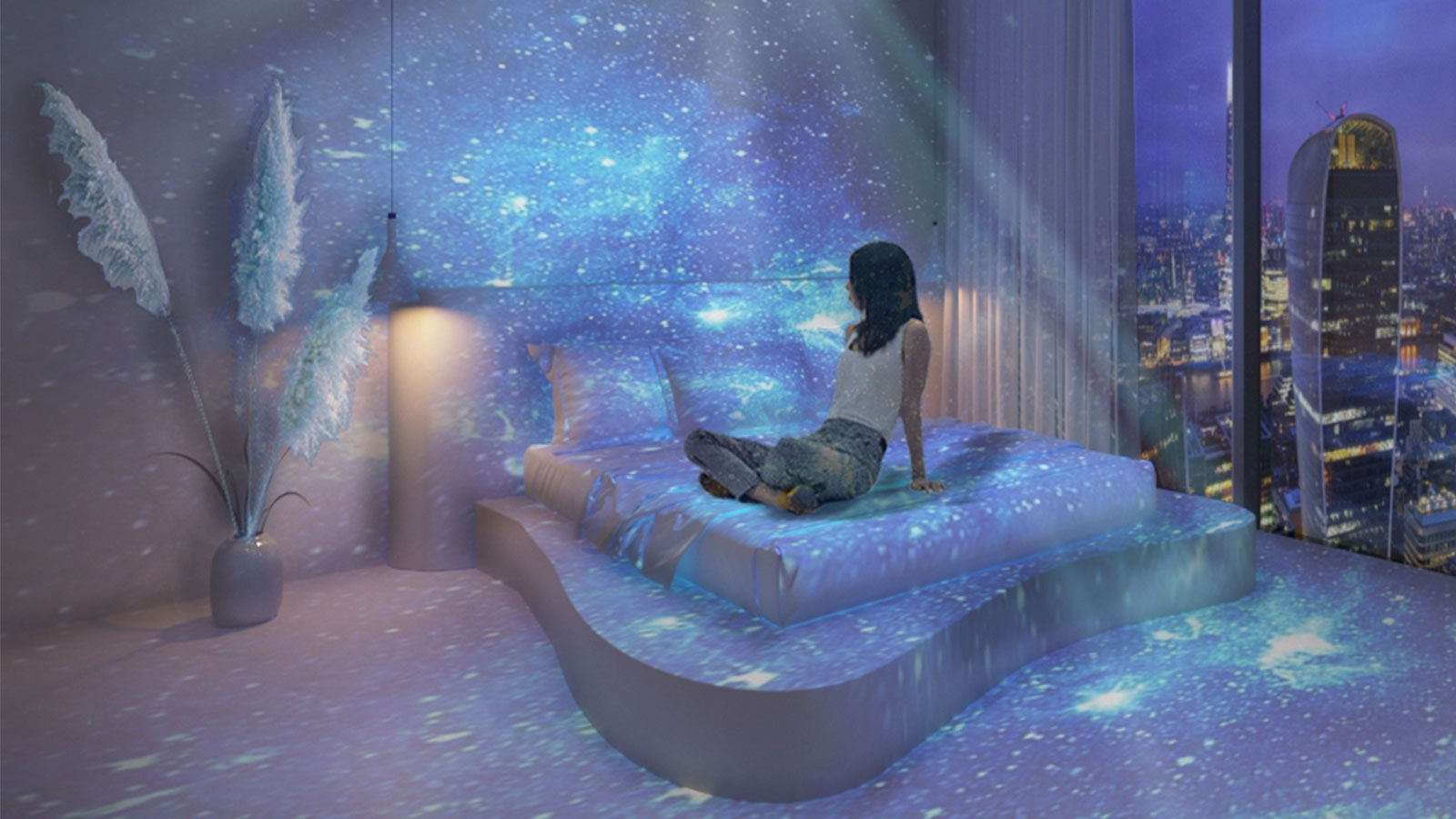
Immersive Design Strategies Elevate Brand ExperiencesImmersive Design Strategies Elevate Brand Experiences In today’s highly connected and competitive business landscape, brands are actively seeking ways to differentiate themselves and create lasting connections with consumers. Immersive design strategies have emerged as transformative tools to captivate audiences and elevate brand experiences. What is Immersive Design? Immersive design aims to create environments or experiences that fully engage multiple senses, transporting the user into a captivating and unforgettable reality. It leverages technologies such as virtual reality, augmented reality, and multi-sensory environments to evoke emotions, foster interactions, and leave a lasting impact. Benefits of Immersive Design for Brand Experiences * Enhanced Engagement: Immersive experiences immerse consumers in the brand’s story, making them active participants rather than passive observers. * Increased Memorability: The multi-sensory nature of immersive experiences creates powerful memories that are more likely to be retained and shared. * Emotional Connection: By evoking emotions through sensory stimulation, immersive design fosters a deeper connection between the brand and the consumer. * Differentiation: Immersive experiences set brands apart in a crowded marketplace, offering unique and unforgettable ways to interact with their target audience. * Data-Driven Insights: Immersive experiences generate rich data that provides valuable insights into consumer behavior and preferences. Immersive Design Strategies 1. Virtual Reality (VR): VR headsets create immersive 360-degree environments that transport users into the brand’s world. 2. Augmented Reality (AR): AR superimposes digital information onto the real world, enhancing the experience and providing interactive content. 3. Multi-Sensory Environments: Multi-sensory experiences combine sight, sound, smell, touch, and taste to create a holistic and engaging environment. 4. Interactive Storytelling: Immersive designs leverage storytelling techniques to guide consumers through a narrative that unfolds in real-time. 5. Data Integration: By collecting and analyzing data from immersive experiences, brands can personalize content and optimize the user journey. Case Studies * Starbucks Odyssey: Starbucks launched an immersive gamified loyalty program that uses AR to create a unique coffee-themed experience. * Coca-Cola Creations: Coca-Cola created a physical and digital space where consumers could explore the brand’s latest flavors through interactive exhibits and VR experiences. * Nike House of Innovation: Nike’s flagship store in New York City features interactive AR stations that allow customers to customize their footwear and engage with brand ambassadors. Conclusion Immersive design strategies have the power to transform brand experiences, creating deeper connections, increasing engagement, and driving differentiation. By leveraging technologies like VR, AR, and multi-sensory environments, brands can create unforgettable experiences that resonate with consumers on a personal and emotional level. As the adoption of immersive technologies continues to accelerate, brands that embrace these strategies will position themselves at the forefront of innovation and build lasting relationships with their target audience.
Posted inNews